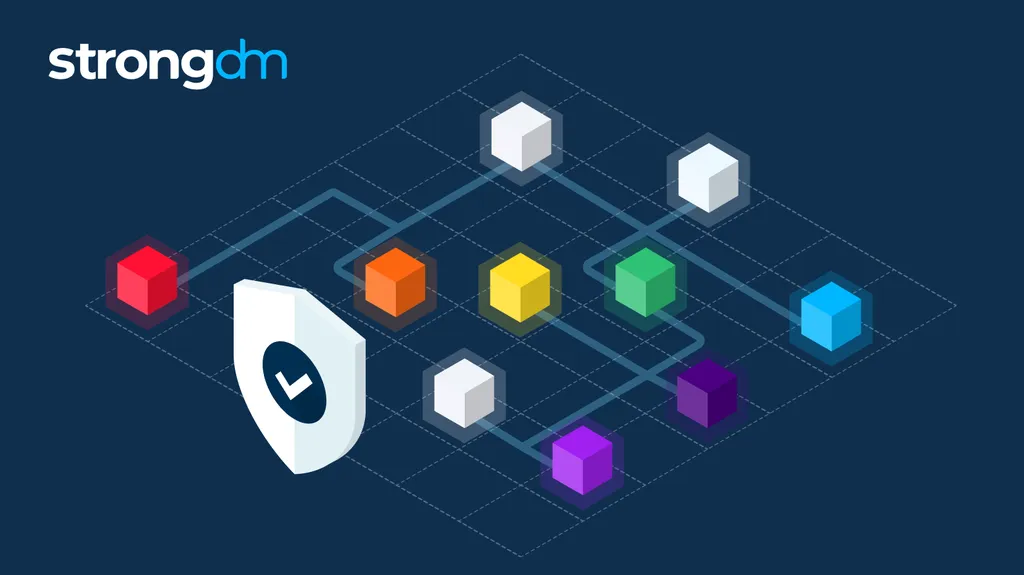The rapid proliferation of autonomous systems across various sectors, including industry, healthcare, logistics, and domestic environments, has introduced a new set of security challenges. These systems, particularly those operating in human-interaction environments, are critical and vulnerable to significant risks due to their complexity and technological advancements. Researchers from various institutions have developed a specialized cybersecurity auditing procedure tailored for autonomous systems, addressing these concerns through a layered methodology, a threat taxonomy specific to robotic contexts, and concrete mitigation measures.
The research, led by Adrián Campazas-Vega and colleagues, focuses on the increased attack surface of autonomous systems, which is a direct result of their high operational and architectural complexity. The proposed auditing procedure is designed to systematically assess and mitigate potential security threats. The methodology is structured around different layers of autonomous systems, ensuring a comprehensive evaluation of each component’s vulnerabilities.
A key aspect of this research is the development of a threat taxonomy specifically adapted to the robotic context. This taxonomy helps in identifying and categorizing potential threats, allowing for a more targeted and effective mitigation strategy. The researchers have also outlined a set of concrete mitigation measures that can be implemented to enhance the security of autonomous systems.
To validate their approach, the researchers applied the proposed auditing procedure to four representative robotic platforms: the Vision 60 military quadruped from Ghost Robotics, the A1 robot from Unitree Robotics, the UR3 collaborative arm from Universal Robots, and the Pepper social robot from Aldebaran Robotics. These case studies demonstrate the practical applicability and effectiveness of the methodology in real-world scenarios.
The Vision 60 military quadruped, designed for rugged environments, poses unique security challenges due to its operational context. The auditing procedure identified potential vulnerabilities in its communication and control systems, highlighting the need for robust encryption and secure communication protocols. Similarly, the A1 robot from Unitree Robotics, a highly agile and dynamic platform, required a thorough assessment of its sensor and actuator systems to mitigate potential threats from cyber-physical attacks.
The UR3 collaborative arm, widely used in industrial settings, presented challenges related to its integration with other industrial systems. The auditing procedure emphasized the importance of secure network configurations and regular software updates to protect against cyber threats. Lastly, the Pepper social robot, designed for human interaction, required a focus on data privacy and secure user authentication to safeguard sensitive information.
The research underscores the critical need for specialized cybersecurity measures in the rapidly evolving field of autonomous systems. By providing a structured methodology, a tailored threat taxonomy, and practical mitigation strategies, this study offers a valuable framework for enhancing the security of autonomous systems across various applications. The successful implementation of the auditing procedure in diverse robotic platforms demonstrates its potential to become a standard practice in the development and deployment of autonomous technologies.
As autonomous systems continue to integrate into critical sectors, the importance of robust cybersecurity measures cannot be overstated. This research not only addresses current security challenges but also paves the way for future advancements in the field, ensuring the safe and secure operation of autonomous systems in an increasingly interconnected world. Read the original research paper here.

